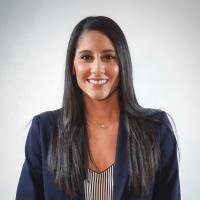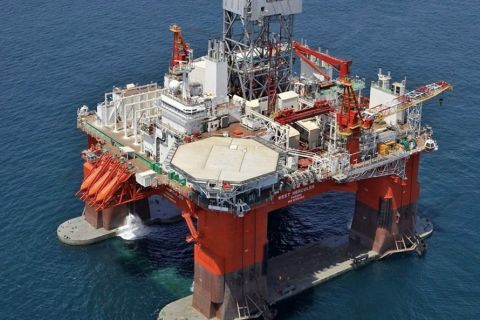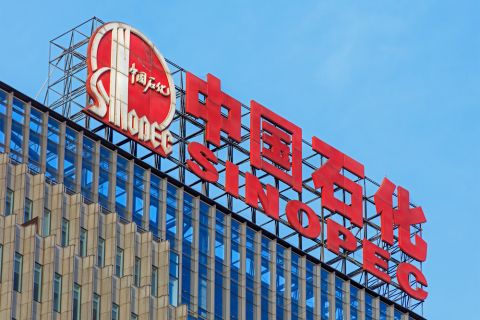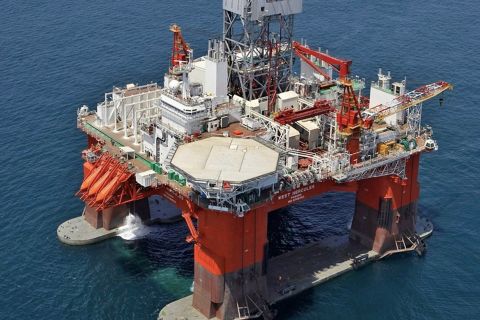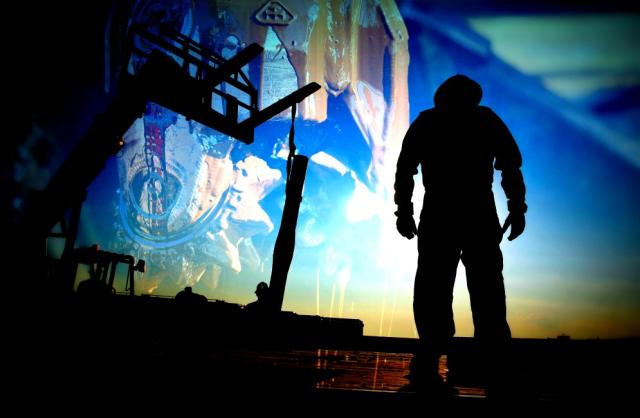
A new organization is advocating the development of America’s conventional oil and gas resources to ensure the country’s "hydrocarbon dominance." (Image: Hart Energy)
A version of this story appears in the January 2018 edition of Oil and Gas Investor. Subscribe to the magazine here.
Oilman Gregg Davis wants the oil and gas industry to pay attention to conventional. The CEO of Houston-based D3 Energy LLC has started an initiative to increase awareness of U.S. conventional resources through a new association: the Conventional Oil Producers of America (COPA).
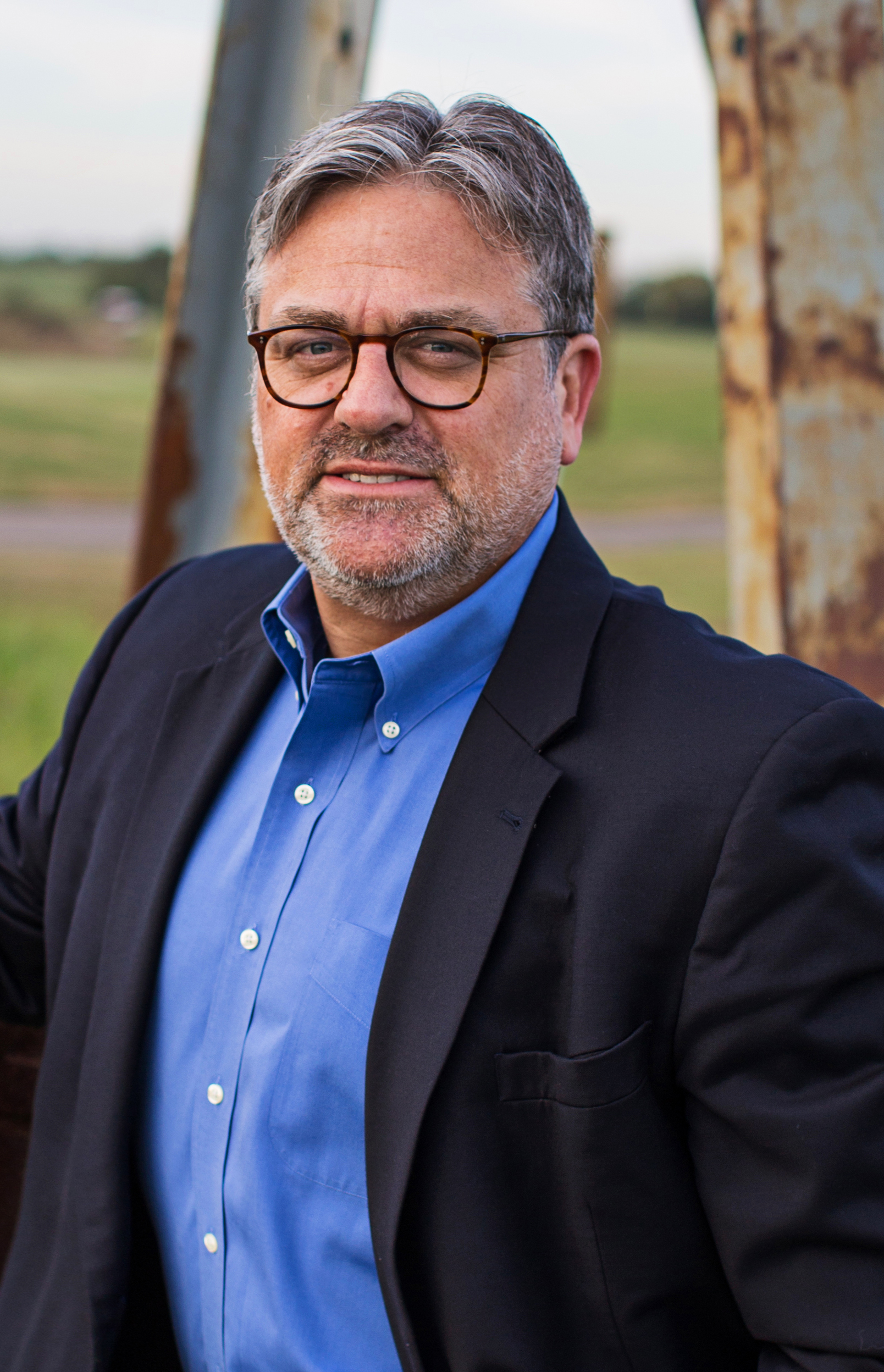
“COPA unites unique knowledge, seasoned experts and robust deals in order to ensure America’s hydrocarbon dominance. My aim is to promote the development of conventional reserves to compliment the increased volume of unconventional domestic production,” Davis told Investor.
In November, the association hosted an inaugural event in Houston, bringing in conventional and technology professionals, as well as college students who represent the next generation of conventional oil finders.
“There is no organization that is focused on the great opportunity in conventional oil and gas. I want to get this conversation going out there,” said Davis.
Scott Josey, CEO of Sequitur Energy Resources LLC, said, “With the primary focus particularly by the investment community on resource plays, the conventional plays have been somewhat overlooked, and I believe what Gregg is trying to do is bring attention to the conventional resources. There are still good quality assets out there.”
COPA will act as a platform for the industry to share information and work in partnership, Davis said. “This is really for our conventional industry, for all these great oil finders—thousands of professionals that I know that are out there eager to get back to work.”
While other organizations are available to oil and gas professionals, Davis thinks COPA can complement them and fill a need. “We’re going to engage with them, from SPE to the many geologic societies; they are for conventional too.”
Cornelius Dupree, CEO of Dupree Energy Services, agrees. “Compared with API, IPAA, TIPRO and other organizations out there, I found COPA interesting because none of these other groups focus specifically on conventional development. Our industry is so focused on unconventional, we are losing skill sets required to develop conventional reserves. I think it’s good for Gregg to lead the way,” he told Investor.
Many industry professionals and companies have already pledged their support and enthusiasm for COPA, according to Davis.
“Organizations like COPA will have members putting together the deals these new investors are hungry for,” said Jarrod McGehee, exploration geologist at Houston Energy LP. He said the conventional world is shrinking, and in order to move forward in a progressive manner, new partnerships with innovative ideas are being formed.
For example, EnergyFunders LLC, a venture capital firm in Houston that invests in oil and gas, is changing the way capital is raised for conventional oil and gas prospects, he explained.
“Innovation in technology comes in many forms, and they are using a crowdfunding platform in order to raise the capital needed to invest in conventional oil and gas prospects. It is the future of raising capital for our industry—bringing in new investors to an area they wouldn’t normally have access to,” said McGehee.
COPA welcomes those interested in America’s oil and gas industry, but especially the younger generation. As industry professionals retire, they are taking their knowledge base with them, Davis said.
“One goal is to inspire the younger generation that’s in college right now to study conventional oil and gas and find ways to engage them. One way is through social media,” he said. Davis posts weekly livestreams and articles on D3 Energy’s Facebook page discussing oil and gas, conventional and the history of the industry.
“I want to involve the students . . . get them excited again about conventional, geology and geophysics—the whole package—and marrying that with all new technology,” he said. Davis hopes these future geologists and geophysicists of the industry will come in, learn and share ideas.
Davis also wants to target the financial space of oil and gas. “There’s been billions and billions of dollars of private equity and institutional capital going into the unconventionals.” he said.
He’s been working on reopening investors’ eyes to conventional trends and the rates of return that are available in drilling vertical wells and developing these fields. “The opportunities to go in and make great returns in many cases are better than what they would get in unconventional resource plays.”
John Havens, CEO of SEI Seismic Exchange Inc., concurs with Davis about those opportunities in conventional. “Three years ago when things went south, it’s been tough, particularly in 2015 and 2016 and toward the end of 2017. It’s [conventional] making a comeback and great that Gregg wanted to do this [COPA] and champion this cause,” he said.
Since the organization is still in its development stage, there is no fee to join as of yet, he said. COPA plans to host events around the U.S. where “we’re sharing information, see who’s drilling what and where, and then try to stimulate more technology development to complement what we’re doing.”
Why Conventional?
Technology advancements happening in the unconventional world have yet to be applied to conventional reservoirs and trends, according to Davis.
“It’s a huge resource and there’s multiple regions where our industry, before the advent of resource plays, was drilling conventional formations and making lots of money in places like the Gulf Coast, Permian Basin, the Rockies and Louisiana. At that time, 20 to 40 years ago, that technology was the best available,” he said. With that understanding, Davis said, there’s a large amount of oil and gas remaining in legacy trends, essentially left behind, available through modern technology.
Low costs is another advantage of going conventional as companies are concerned about stretching their dollars in a low oil price environment. “These conventional areas are characterized by low acreage costs and shallower drilling. So less expense for services and for land.”
For instance, D3 Energy LLC, an upstream oil and gas company founded by Davis that focuses on conventional reservoirs and trends, has been studying several legacy trends.
D3 Energy’s strategy is to go into areas, recover what’s left behind and apply new technologies, including horizontal drilling.
According to Davis, there have been billions of barrels pulled out of these prolific trends, but most of the activity fell off in the late 1980s and early ’90s. As new trends pop up, most companies will leave to go to that new play because they feel like everything is tapped out, he explained.
![]()
"One goal is to inspire the younger generations that's in college right now to study coventional oil and gas and find way to engage them," Gregg Davis, D3 Energy, said.
The company has started acquiring existing production and land that has a lot of remaining potential and has spent the past two years studying these areas, according to Davis.
Through its analysis and consultation with regional professionals, they have found that “there’s so much oil and gas left that we’re seeing,” he said.
The costs to get in and operate in these lands are less. In one of the areas that the company is working in, the average well cost is $650,000 to drill, complete and equipped with facilities as opposed to an unconventional horizontal well that would require significant stimulation and cost about $6.5 million, Davis said. “Your cost is about a tenth. The amount of oil that we need to produce and find is much less to not only break-even but make strong rates of return.
“At $50 oil, even at $40 oil, we can make a great rate of return. And, we can build size and scope. We can secure large acreage positions and not have to pay $10,000, $20, 000, $30,000 an acre. We can pay $50, $100 to $500 an acre.”
Brandy Fidler can be reached at bfidler@hartenergy.com.
Recommended Reading
Orange Basin Serves Up More Light Oil
2024-03-15 - Galp’s Mopane-2X exploration well offshore Namibia found a significant column of hydrocarbons, and the operator is assessing commerciality of the discovery.
Sinopec Brings West Sichuan Gas Field Onstream
2024-03-14 - The 100 Bcm sour gas onshore field, West Sichuan Gas Field, is expected to produce 2 Bcm per year.
Second Light Oil Discovery in Mopane-1X Well
2024-01-26 - Galp Energia's Avo-2 target in the Mopane-1X well offshore Namibia delivers second significant column of light oil.
Texas Earthquake Could Further Restrict Oil Companies' Saltwater Disposal Options
2024-04-12 - The quake was the largest yet in the Stanton Seismic Response Area in the Permian Basin, where regulators were already monitoring seismic activity linked to disposal of saltwater, a natural byproduct of oil and gas production.

